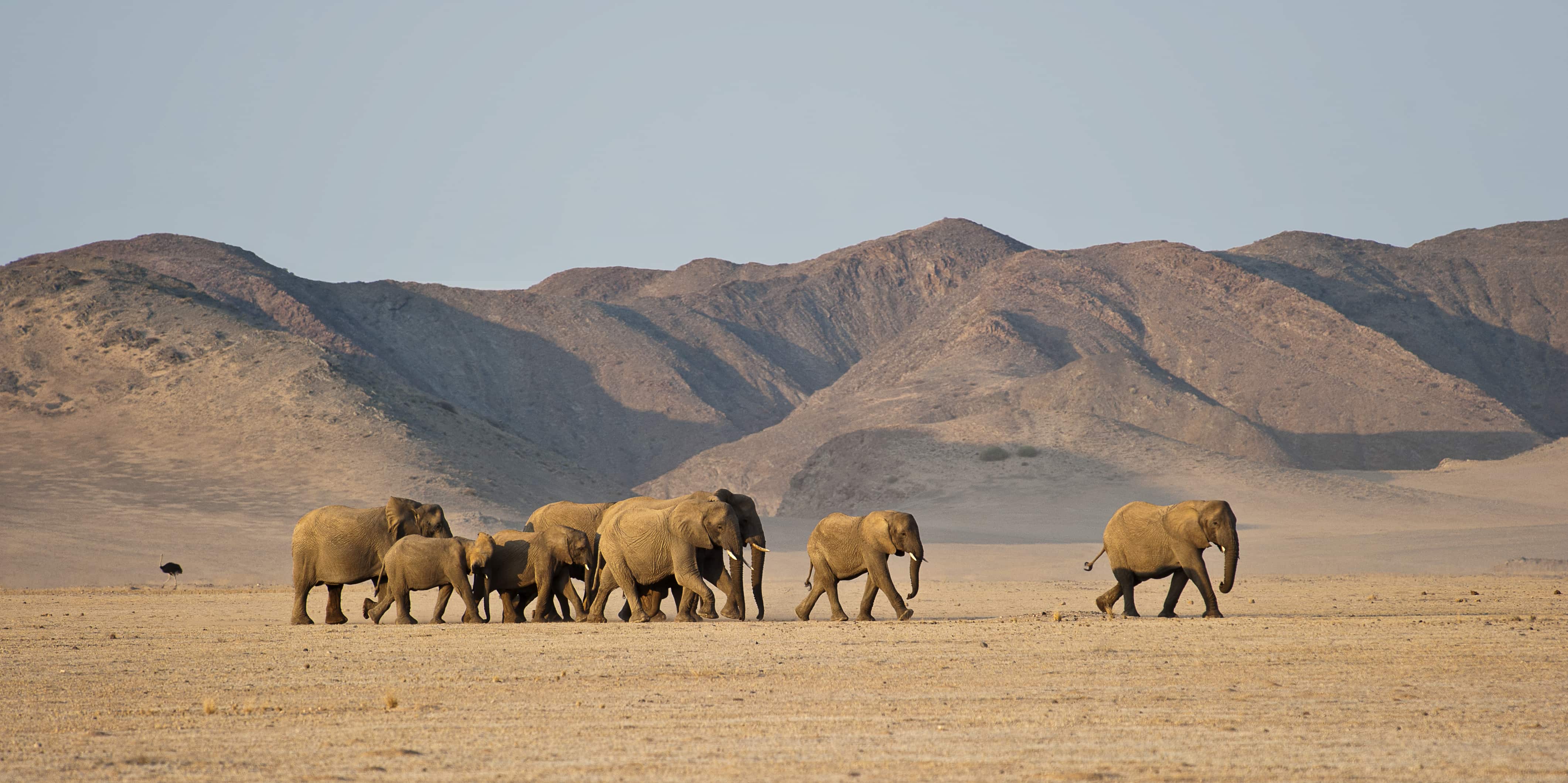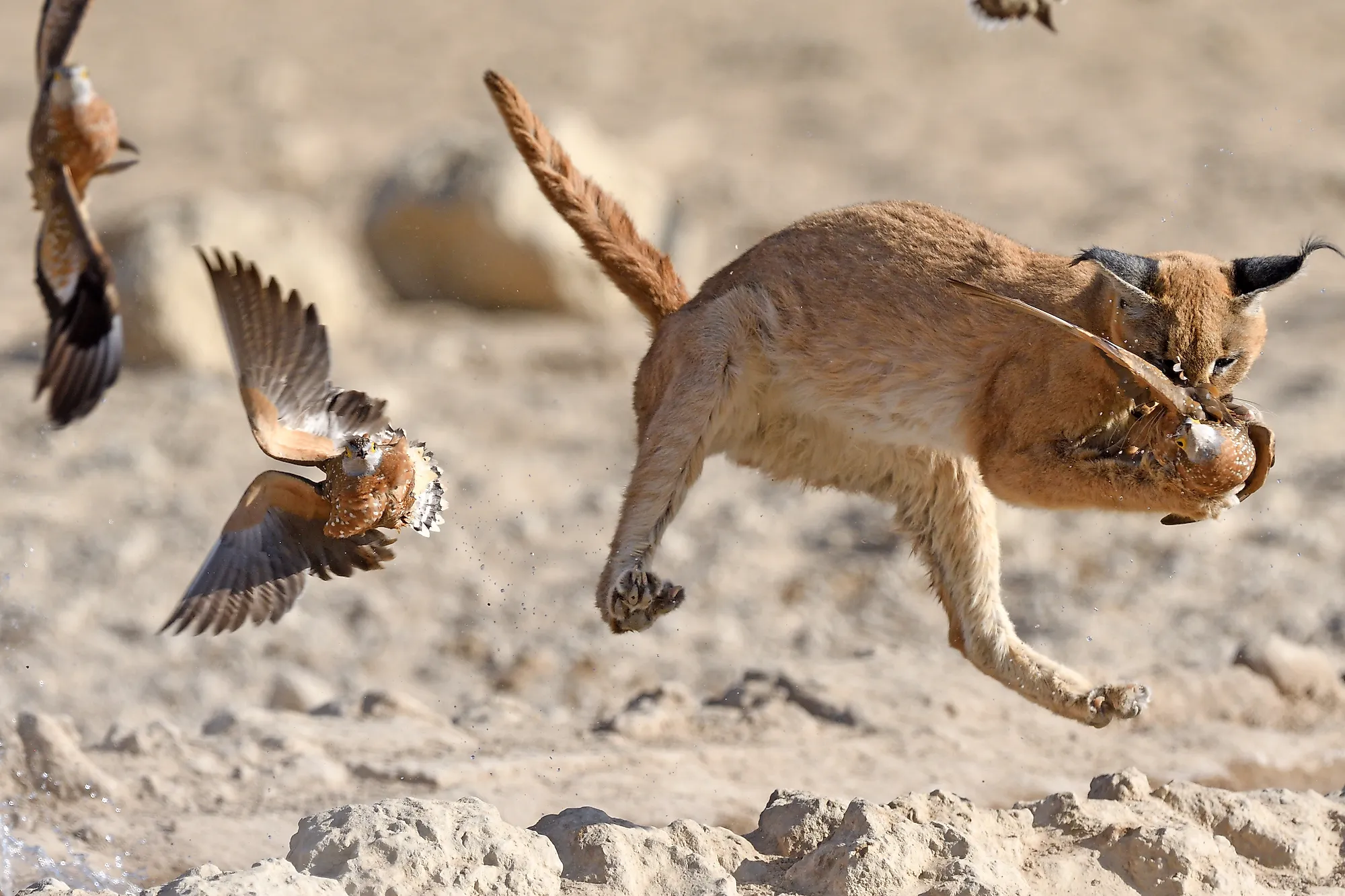
Namibia’s rich biodiversity and impressive array of wildlife make it a captivating destination for nature enthusiasts and wildlife lovers alike. With 11 National Parks and several protected areas, the country provides sanctuary to thousands of animal species, including over 680 different species of birds. The dune lark, endemic to Namibia, is a remarkable example of the country’s unique wildlife, surviving on insects, termites, and vegetation in its arid habitat without drinking water—a testament to the adaptability of Namibia’s fauna.
The desert-adapted lions, numbering around 150, exhibit a fascinating behavior by surviving on marine life, showcasing the remarkable resilience and adaptability of wildlife in Namibia’s harsh conditions. Visitors to Namibia can encounter an extraordinary variety of wildlife, from iconic species like the Oryx, cheetah, and elephant to lesser-known creatures like cormorants, jackals, and hyenas. The Namibian government’s dedication to wildlife conservation has been instrumental in protecting and preserving the country’s rich biodiversity, contributing to the survival of thousands of endangered species and subspecies. With approximately 17% of Namibia’s species being either endemic or near-endemic, the country stands as a beacon of conservation success and a haven for biodiversity in Africa.
NAMIBIA’S NATIONAL PARKS
Namibia’s diverse range of parks and game reserves, totaling approximately 11, offer sanctuary to a remarkable variety of wildlife, birds, and plant species. From the renowned Etosha National Park to the CAPRIVI, home to the iconic hippopotamus, and the Chobe Park, each park showcases unique ecosystems and wildlife. These protected areas, including the Ai-Ais/Richtersveld Transfrontier Park, Bwabwata National Park, and Khaudum National Park, among others, play a vital role in conserving endangered species and preserving biodiversity.
Thanks to the efforts of conservation initiatives and the protection provided by these parks, many animal populations, including species like the cormorant, have been saved from extinction. Tourists from around the world flock to Namibia’s parks year-round to experience the breathtaking landscapes and encounter its unique wildlife. From the rugged beauty of the Skeleton Coast National Park to the expansive dunes of the Namib-Naukluft National Park, Namibia offers unparalleled opportunities for exploration and discovery amidst its diverse natural wonders.
DIFFERENT DESERT CREATURES IN NAMIBIA
The Namib Desert is among the most unique and diverse ecosystems in the world, home to a variety of fascinating ground animals that have adapted to survive in a harsh and unforgiving environment. Some of the most iconic and well-known desert animals found in Namibia include the fennec fox, bat-eared fox, Oryx, and springbok.

The Namib Desert is home to a variety of ground-dwelling animals, each with unique adaptations for survival in its harsh environment. The fennec fox and bat-eared fox are nocturnal predators equipped with specialized features such as large ears and efficient water-conserving mechanisms. Similarly, the Oryx, with its long horns and ability to endure long periods without water, and the springbok, known for its speed and water-storing capabilities, are iconic antelopes that have evolved to thrive in the desert’s arid conditions.
In addition to these, the desert elephant, meerkat, sand cat, porcupine, and Namib dune gecko are among the diverse array of ground animals found in the Namib Desert. Each species has adapted unique variations, whether through specialized diets, camouflage, or physical traits, to cope with the challenges of the desert landscape. Together, these animals illustrate the remarkable resilience and biodiversity of life in one of the world’s oldest and most inhospitable deserts.
FAQs
Q: What is the most common ground animal found in the Namib Desert?
A: The springbok is one of the most common ground animals found in the Namib Desert, known for its unique ability to survive without water for long periods of time and its fast running speed to escape predators.
Q: How do animals in the Namib Desert adapt to survive without water?
A: Animals in the Namib Desert have developed various adaptations for surviving without water, including specialized kidneys that conserve water, efficient cooling mechanisms, and the ability to extract moisture from their food.
Q: What is the fennec fox?
A: The fennec fox is a small but mighty predator of the Namib Desert, known for its large ears that help it detect prey and avoid predators and its efficient water-conserving mechanisms.
Q: What is the Oryx?
A: The Oryx, also known as the gemsbok, is a majestic antelope of the Namib Desert, known for its long, straight horns and skill to survive for long time of time without water.
Q: What is the sand cat?
A: The sand cat is a fierce and hardy predator of the Namib Desert, known for its ability to survive without water for long periods of time and its specialized hunting techniques, such as burying its prey in the sand for later consumption.
Q: How do animals in the Namib Desert protect themselves from predators?
A: Animals in the Namib Desert protect themselves from predators through various adaptations, including speed and agility, camouflage, and the ability to defend themselves with sharp horns or spines.
Q: What is the Namib dune gecko?
A: The Namib dune gecko is a master of camouflage in the sand dunes of the Namib Desert, with specialized skin that allows it to blend in with its environments and avoid predators.
Q: How do animals in the Namib Desert interact with each other?
A: Animals in the Namib Desert interact with each other in various ways, such as through cooperation in groups, competition for resources, and predation. Some animals also have symbiotic relationships with other species, such as the bat-eared fox and the honey badger, which work together to hunt and share food.


